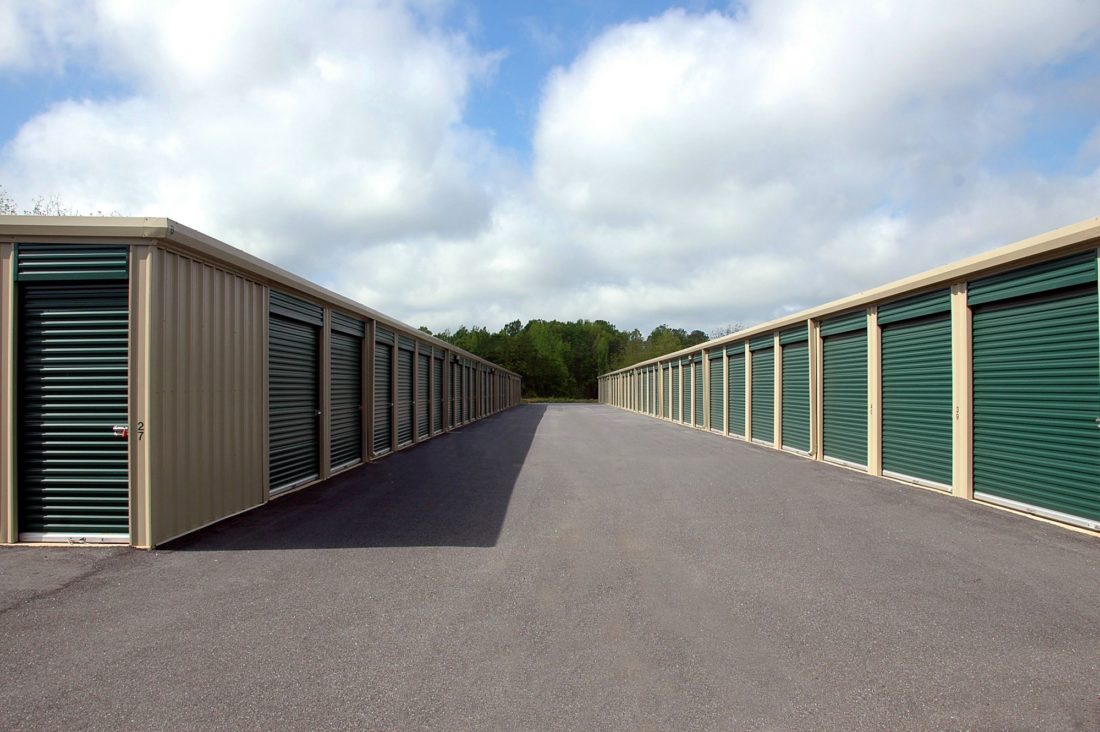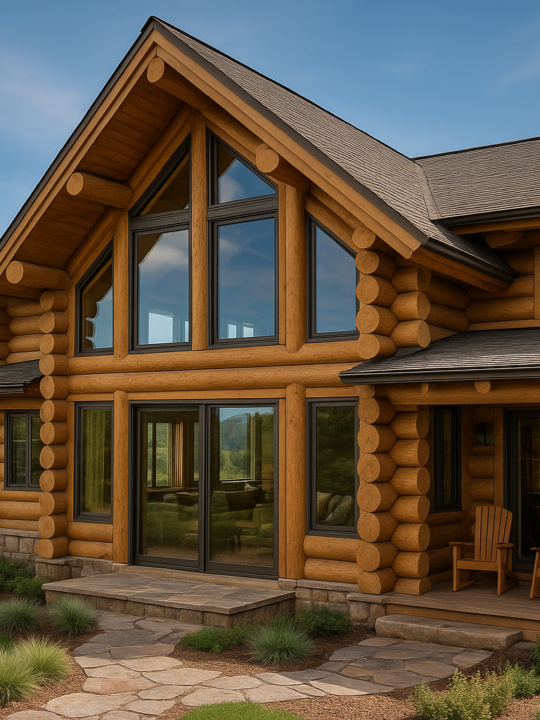
Maybe you’re looking to show off your house to prospective buyers? Perhaps you have an old antique table in your possession but don’t have room for it in your house? In either case, you need to store a piece of furniture long-term.
The question you have now is: how do you go about doing it? There are a few different options available to you, all of which we’re going to review below. Without further ado, here’s how to store furniture long-term.
Table of Contents
How to Store Furniture Long-Term: The Options
First and foremost, you need to figure out where to store your furniture. You have a number of options available to you, the most popular of which include the following.
Storage Garage
One of the most popular options for storing furniture is the storage garage. Storage garages exist on private lots and are typically guarded by fences. They’re generally rented out in monthly increments, though exact rental terms vary by company.
There are two major upsides to renting a storage garage. For one, your furniture will be secure. Storage garages are highly guarded and almost impossible to break into.
For two, storage garages are relatively cheap. Generally speaking, it costs around $40 to $50 a month to rent a 5-foot x 5-foot unit; 10-foot x 15-foot units generally cost between $75 to $140 a month; If you want a 10 x 15 climate-controlled unit (these can help to preserve wood), you’ll have to pay somewhere between $115 and $200 a month.
Onsite Storage Container
Another option is to rent an onsite storage container. Onsite storage containers are available from companies such as PODS and offer a number of benefits as well.
Though not as well-guarded as storage garages (they’re stored on your property), onsite storage containers are plenty secure in and of themselves. Made out of heavy-duty steel, they’re almost impossible to break into.
In addition, they’re portable, allowing you to seamlessly take your furniture wherever you need it to go. This makes them a particularly good option for moving purposes.
Note, however, that, in most cases, on-site storage containers will run a little more expensive than storage garages. The tradeoff? Convenience (you can keep it in your yard, tens of feet from your front door).
Treating Your Furniture Before Storage
Over time, stored furniture can incur damage. As such — regardless of the storage method you choose — you’re advised to treat your furniture prior to storing it. Wondering what treatment entails? In most cases, it includes the following.
Clean It
One of the most important things to do before storing furniture is to clean it. Failure to clean furniture prior to long-term storage can result in mold and mildew buildup over time.
When it comes to wood furniture, you should make use of oil soap. Oil soap is sensitive to wood finishes and will clean the wood without ruining it.
As far as upholstery goes, you should use an upholstery cleaning substance. This substance is designed to work deep into the upholstery, ensuring that it’s cleaned in its entirety.
Have metal furniture? If so, you should polish it with a metal cleaner. Doing so will not only help remove rust, but it will also delay the oxidation process.
Disassemble It
In most cases, it’s also a good idea to disassemble furniture before storing it. This is particularly true when you’re storing a great deal of furniture in one place.
Why should you disassemble it? Because it makes it smaller, allowing you to store more of it in a single storage receptacle. Not to mention, it reduces the risk of damage throughout the transportation process.
When disassembling, make sure to put screws and bolts in baggies. This will help keep you organized and will also ensure that you don’t lose anything important.
Wrap It
Unless you’re storing your furniture in a climate controlled storage garage, you’re advised to wrap it up with thick blankets. Wrapping it up will not only protect it from dust but from airborne moisture as well.
While using plastic wrapping may seem like a better idea, it can actually be counterproductive. This is because condensation can build up on the inside of plastic wrapping, causing the furniture direct water exposure over prolonged periods of time.
Stack It
Once your furniture has been wrapped, you’re going to want to stack it on top of something. Placing stored furniture directly on the ground leaves it vulnerable to flooding.
Just find some bricks or some pallets or something else of that nature. Then, prop your wrapped furniture up on top of them. As long as a hurricane doesn’t occur, it will be protected from flooding.
Give it Some Space
If you want to keep your furniture looking nice, you need to be very careful with it during the storage process. Even small amounts of friction can cause your furniture to incur dents, dings, tears, and scrapes.
As such, when storing it, you should refrain from packing your furniture together too tightly. Allow at least an inch of egress on each side of each piece of furniture. In other words, make sure that pieces aren’t touching one another.
Should you pack your furniture tightly into one place, it runs the risk of shifting and suffering surface-level damage. By completely avoiding contact from piece to piece, you eliminate all risk of shifting, and thus all risk of surface-level damage.
Looking for Other Such Tips?
Now that you know how to store furniture long-term, you might be on the search for other such tips. If so, you’re in the right place. Our website has all the information you need.
We cover a range of topics, including but not limited to home improvement, entertainment, travel, and health. Get informed by reading some of our other articles now!






